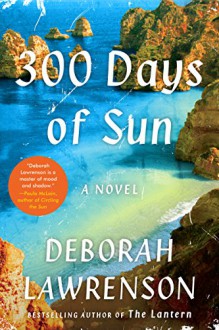
Book: The Lantern
Author: Deborah Lawrenson
Genre: Romance/Mystery/Supernatural/Fiction/Travel
Summary (from flap of Harper edition): “Meeting Dom was the most incredible thing that had ever happened to me …” When Eve falls for the secretive, charming Dom in Switzerland, their whirlwind relationship leads them to Les Genevriers, an abandoned house in a rural hamlet in the fragrant lavender fields of the south of France. Each enchanting day delivers happy discoveries: hidden chambers, secret vaults, a beautiful wrought-iron lantern. Deeply in love, surrounded by music, books, and the heady summer scents of the French countryside, Eve has never felt more alive. But with autumn’s arrival, the days begin to cool-and so, too, does Dom. Though Eve knows he bears the emotional scars of a failed marriage-which he refuses to talk about-his silence arouses suspicion and uncertainty. And like its owner, Les Genevriers is also changing. Bright, warm rooms have turned cold and uninviting; shadows now fall unexpectedly; and Eve senses a presence moving through the garden. As the grand house’s strange and troubling mysteries begin to unfold, she must uncover every secret … before dark history can repeat itself. -Harper, 2012.

 Log in with Facebook
Log in with Facebook 








